7 of the Healthiest Foods You Should Be Eating But Aren't

If you want to get the most nutritional bang for your buck, the best deals are "superfoods." While there's no real definition of a superfood, at EatingWell, we think of them as foods that are nutrient-dense (and there are many of them). Nutrient-dense foods are more plentiful in nutrients than they are in calories and research has shown they deliver health benefits. Your superfood consumption probably already includes many nutrient powerhouses—like bananas, eggs and broccoli—and maybe even some more unique ones (acai, anyone?).
But what about the power-packed foods filled with good-for-you vitamins, minerals and disease-fighting phytochemicals you aren't eating? Here are 7 of the healthiest foods that you should be eating but probably aren't (or might not be getting enough of).
Check out: 10 Everyday Superfoods
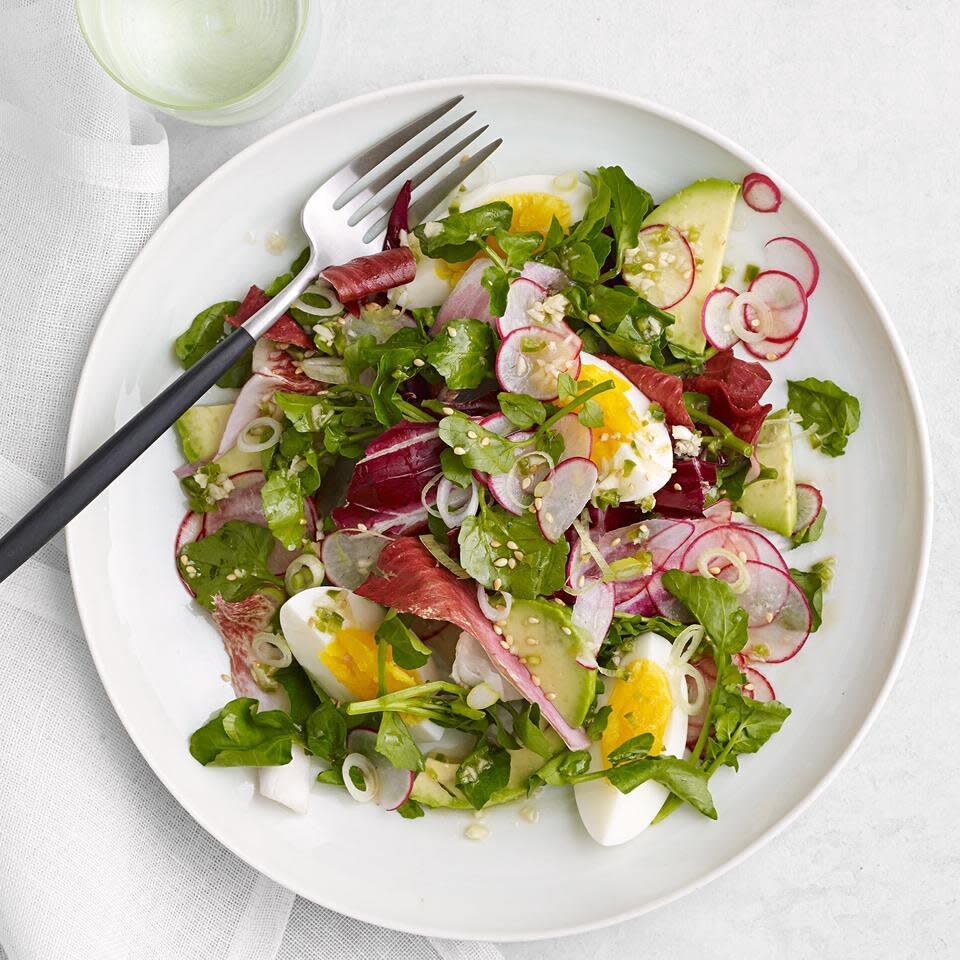
Pictured: Watercress Salad with Sesame-Garlic Dressing
1. Watercress
This unassuming green makes the top of the list of nutrient-dense foods you are probably not eating enough of. In this CDC report, watercress scored a perfect 100 for nutrient density—beating out spinach, collard greens and kale. This means that it was found to have the most nutrition for the lowest amount of calories. The versatile green has a mild taste and can be enjoyed raw in a salad or sauteed in a stir fry. Try it in our healthy watercress recipes.
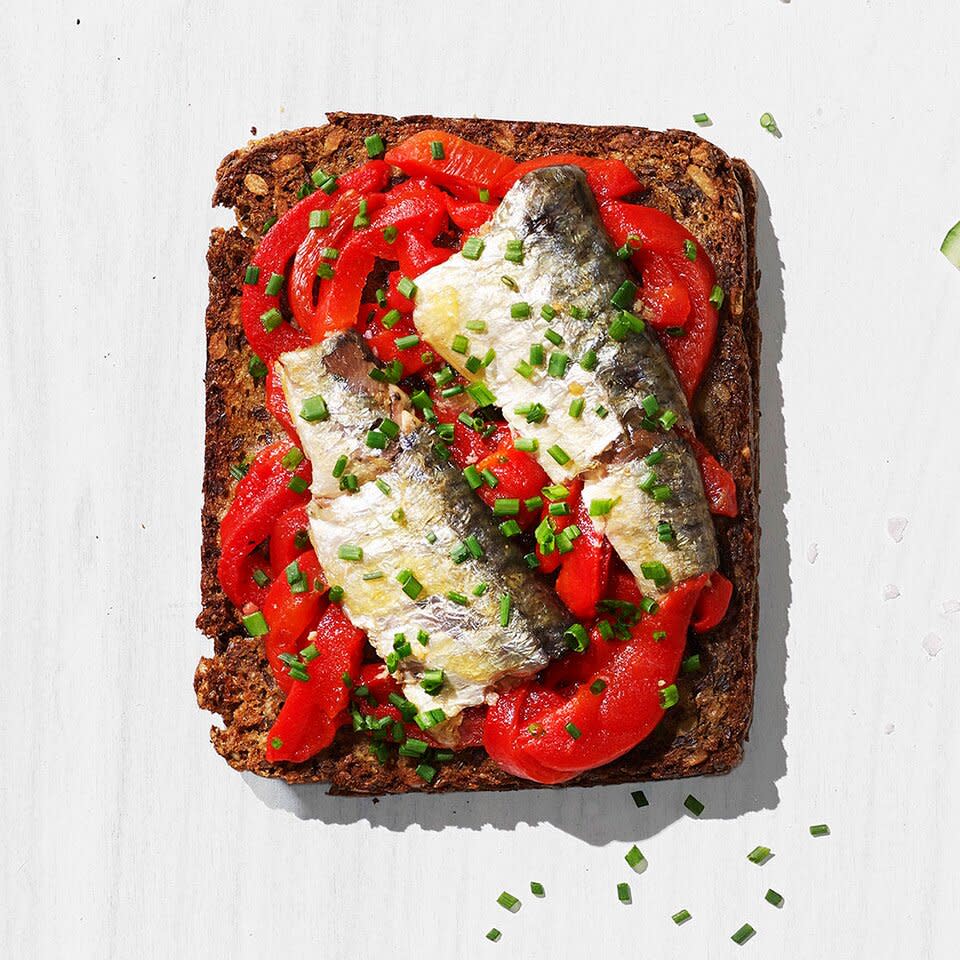
Pictured: Roasted Red Pepper & Sardine Toast
2. Sardines
Sardines are one of the best sources of heart-healthy, mood-boosting omega-3 fats, and they're packed with vitamin D. And because sardines are small and low on the food chain, they don't harbor as many toxins as bigger fish can, and they also make a great sustainable seafood choice.
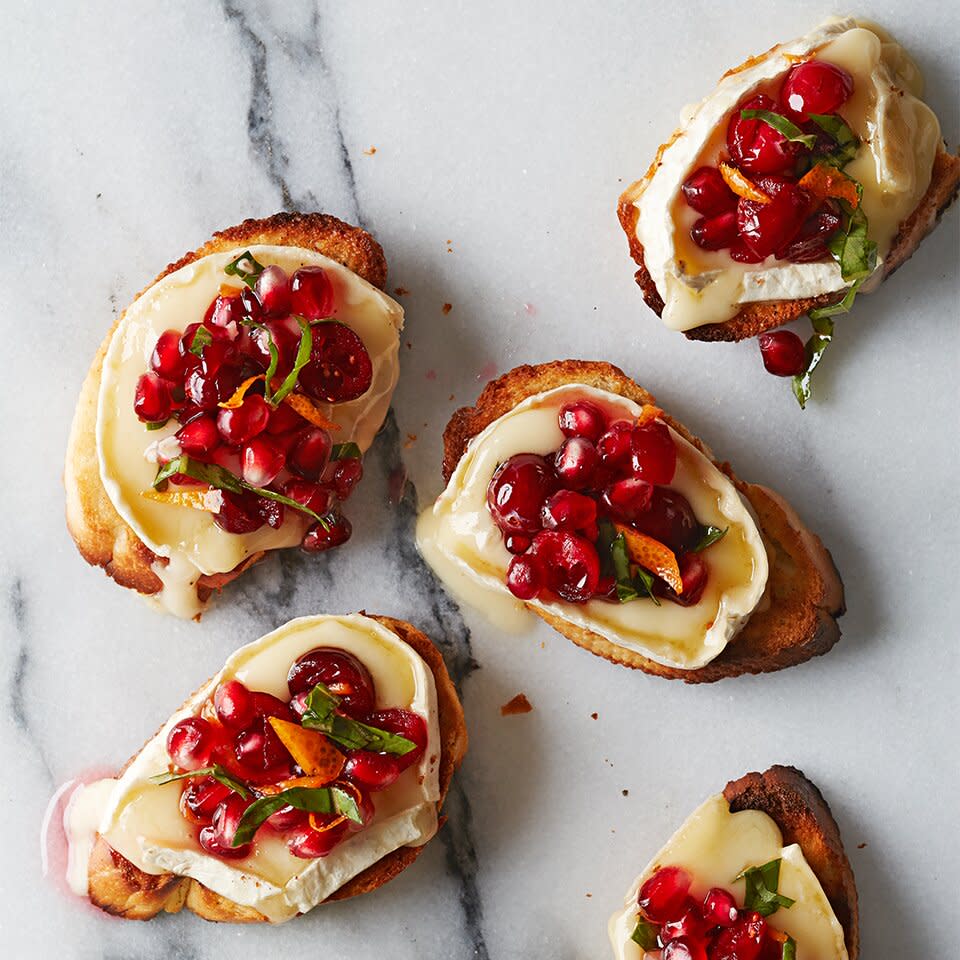
Pictured: Pomegranate, Cranberry & Brie Bruschetta
3. Pomegranate
This vibrant fruit is chock–full of antioxidants, natural compound found in plants that mop up harmful free radicals, which can damage tissues and may contribute to a variety of chronic conditions, such as heart disease, Alzheimer's and cancer. If you're new to whole pomegranate, here is The Best Way to Seed a Whole Pomegranate.
Don't have time to prepare the fruit? You can get many of the same benefits from drinking a glass of pomegranate juice. Don't pass up an opportunity to enjoy the fruit itself, however—the tart and sweet taste is unique and wonderful. A 1-cup serving of juice has about 134 calories and 1/2 cup of pomegranate seeds has 72 calories and 4 grams of fiber.
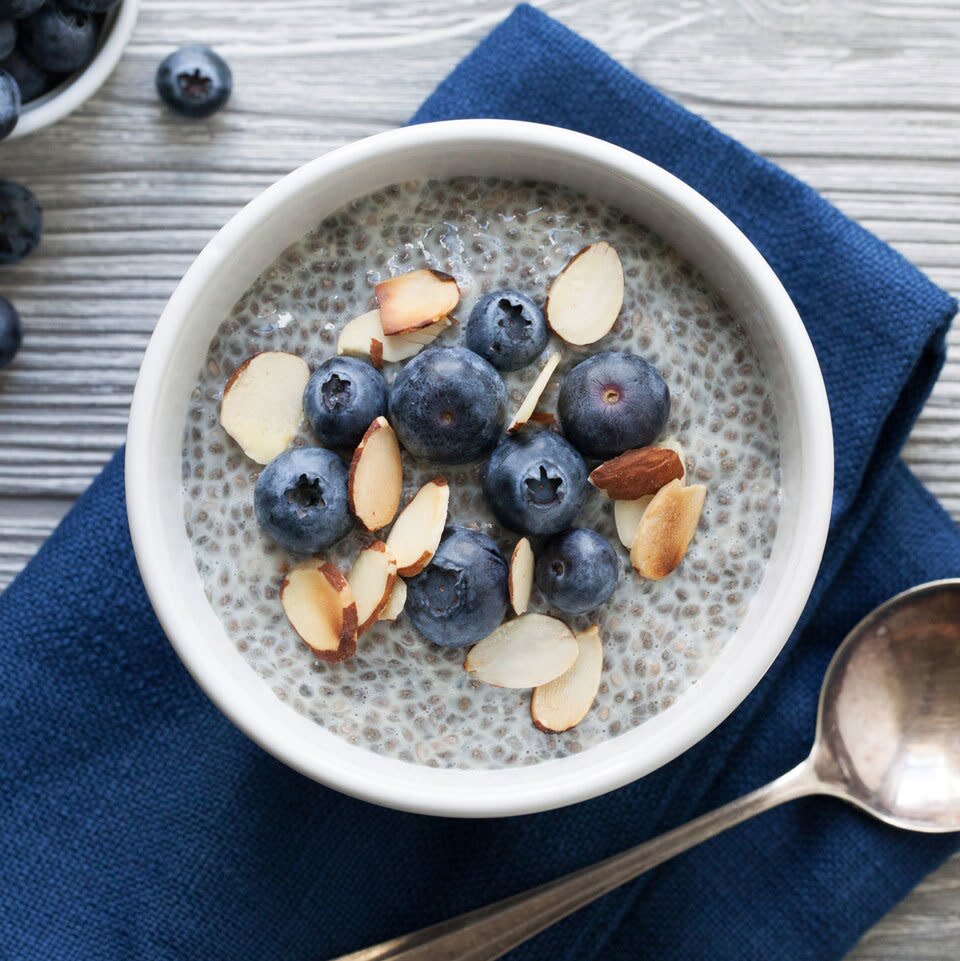
Pictured: Blueberry Almond Chia Seed Pudding
4. Chia Seeds
This little seeds pack an impressive amount of nutrients. Chia seeds are a great source of omega-3 fatty acids, which can protect your heart and your brain. The antioxidants in chia seeds help prevent inflammation that can lead to a variety of chronic diseases. In addition, they are a great source of soluble fiber, which can help promote weight loss. Sprinkle these on your next salad bowl or blend them into your smoothie to reap the impressive benefits.
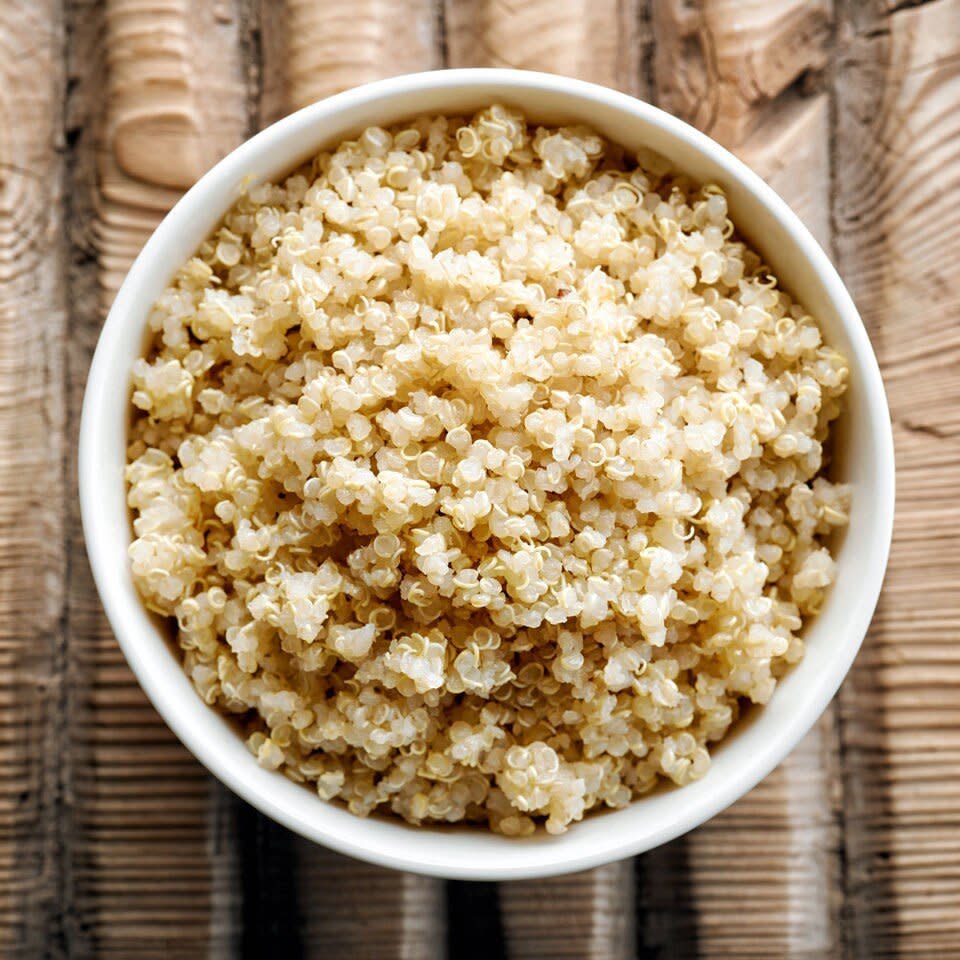
Pictured: Basic Quinoa
5. Quinoa
Quinoa is a delicately flavored whole grain packed with fiber and protein and, to top it off, it only takes 15 to 20 minutes to cook. That combination of fiber and protein has an extra value too: research shows that the two together can help you feel full for longer. Not only is quinoa high in protein, but it is one of the few plant-based foods that is a complete protein. This means it has all nine essential amino acids, which are protein building blocks our bodies need from food. Learn more about how to cook quinoa (including on the stove or in your Instant Pot).
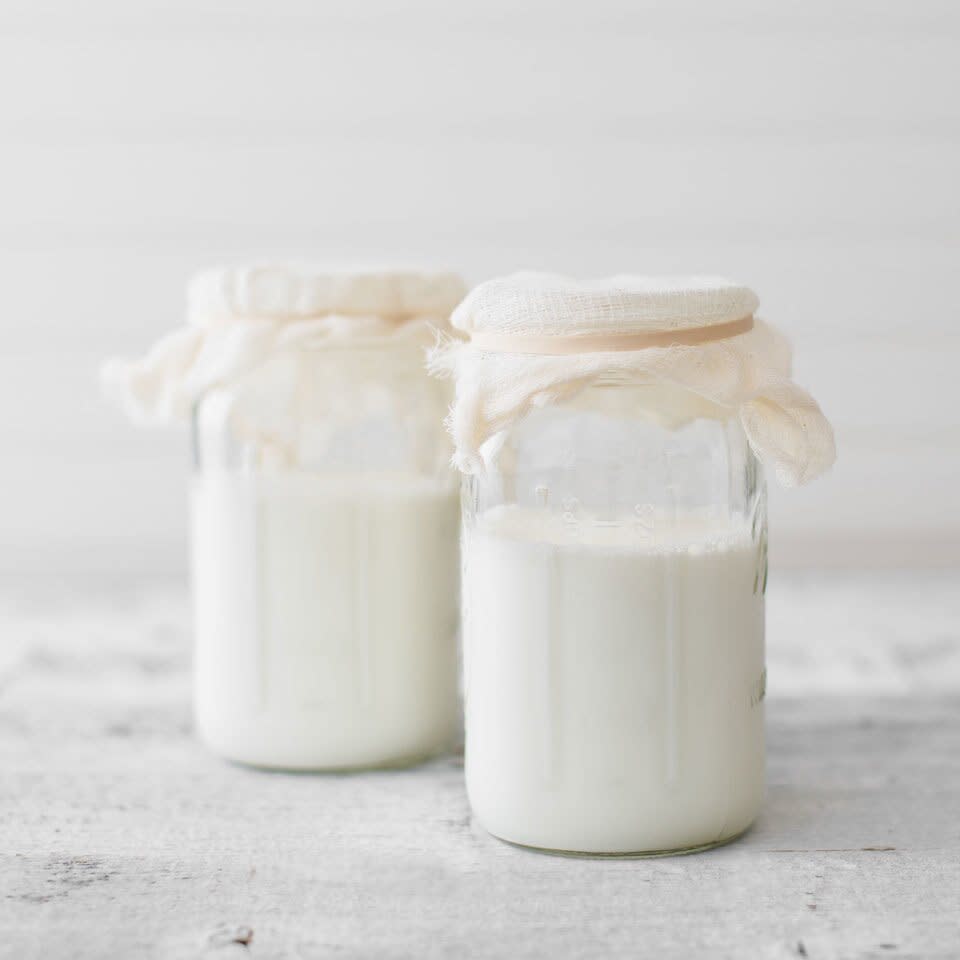
Pictured: Milk Kefir
6. Kefir
Think yogurt in a glass. This drinkable fermented dairy beverage is packed with beneficial probiotics that may help support your immune system, digestive system and beyond. Plus, kefir has 29 percent of your daily value of calcium per 8-ounce serving. Look for it in your supermarket's dairy section. Choose plain to help cut down on added sugar or try fresh fruit flavors, such as peach and raspberry, for extra taste. You can even add your own fruit for a flavor and nutrition boost. To diversify the probiotics you eat, check out these 3 Fermented Drinks to Try.
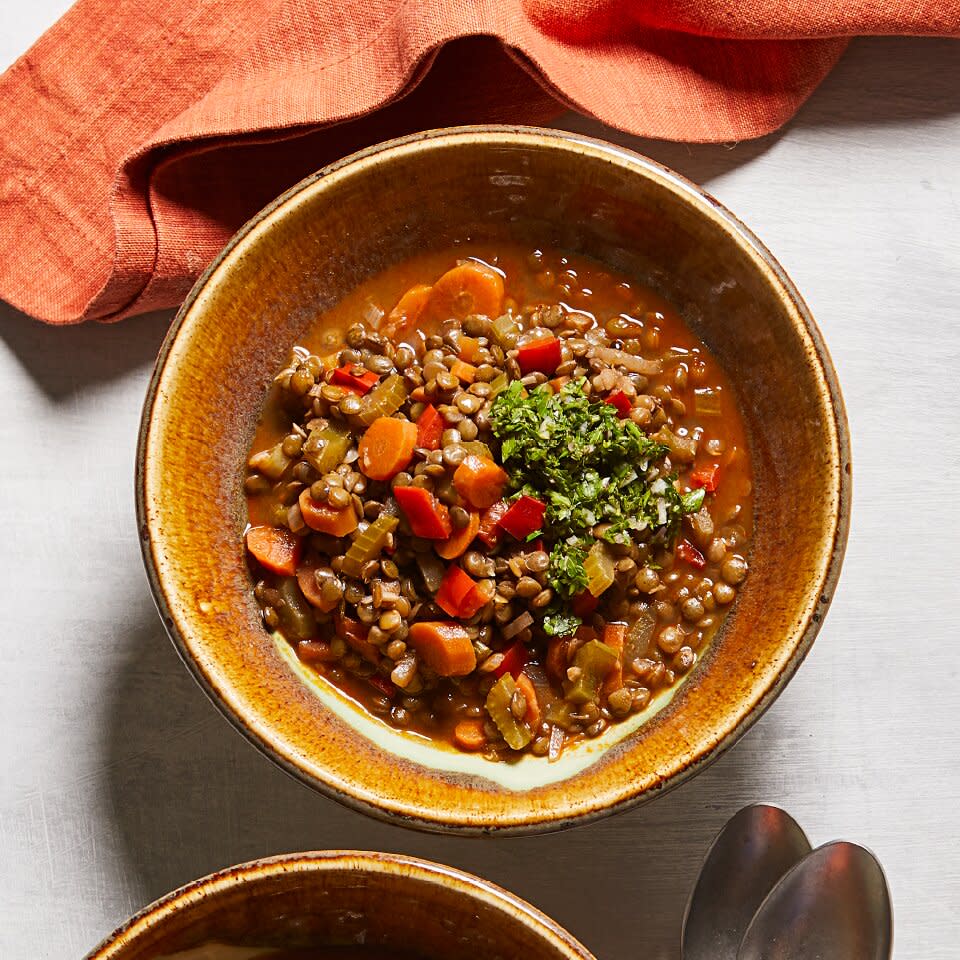
Pictured: Chilean Lentil Stew with Salsa Verde
7. Lentils
Lentils are a versatile, budget-friendly and healthy addition to many dinner recipes. A half-cup of cooked lentils contains over 9 grams of vegan protein and 8 grams of dietary fiber. Lentils are also a good source of iron and an excellent source of folate. See these Healthy Lentil Recipes.
Bottom Line
"Superfoods" come in all flavors, shapes and sizes. Eating more healthy foods does not have to break the bank, and many of these foods are budget friendly. If you're not eating some of these foods yet—give them a shot!
Some original reporting by Matthew Thompson

